Behind "Portrait of Camille Roulin" (1888) is the beautiful friendship between Van Gogh and postman Joseph Roulin - who helped the artist in the last years of his life.
Artnet reported on February 17 that writer Samuel Reily of the international art magazine Apollo talked with the curator of the Van Gogh Museum (Netherlands), Nienke Bakker, about the painting of the boy Camille Roulin.
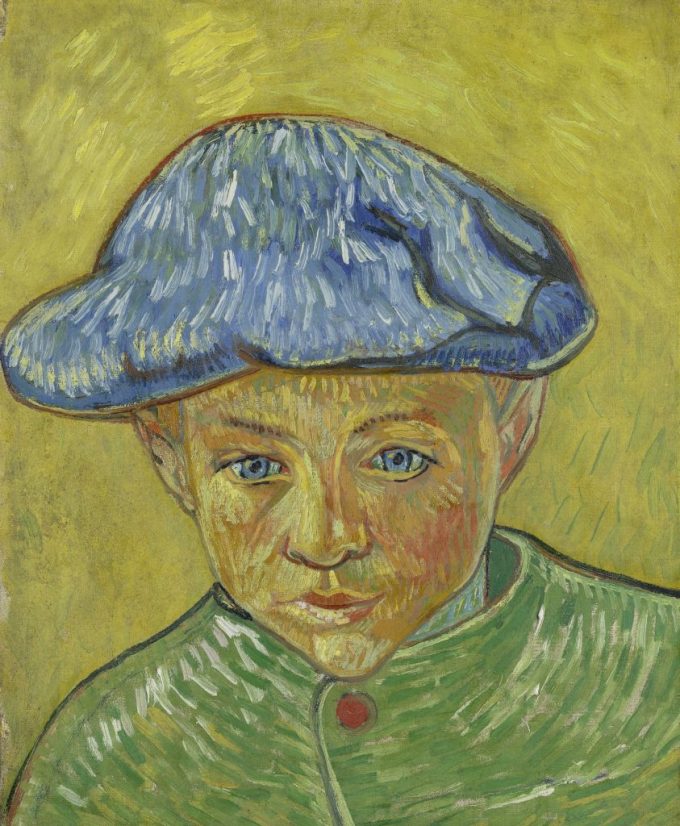
The painting is on display at the Museum of Modern Art (USA). Photo: Artnet
The portrait of Camille Roulin is one of 23 works about the Roulin family, completed in 1888. At that time, Van Gogh wanted to paint a "modern portrait" so he used many bright colors to describe the character's appearance and personality. The work impresses with its contrasting color combination: a green shirt with bright red buttons, a dark blue hat on a dark yellow background. When painting the face, Van Gogh used many colors: green, orange, yellow to depict skin color and shading. According to Samuel Reily, the large, simple painting style in the portrait is similar to a Japanese print, but the artist added many characteristic parallel brushstrokes, increasing the character's expressiveness.
Vincent Van Gogh painted the painting while living with artist Paul Gaugin in the town of Arles (France), before he cut off his left ear after a conflict with a colleague. Camille, 11 years old, was the youngest child of postman Joseph-Étienne Roulin. The two had known each other since Joseph helped him send paintings to Paris for Theo - the artist's younger brother, an art dealer - and transported Theo's painting materials to the artist.
In 1888, Vincent Van Gogh, who had not anticipated loneliness when he moved from Paris to Arles, faced many difficulties. He struggled with poverty and mental illness. Joseph was the one who helped him through his dark days. In the artist's eyes, the postman Roulin was an active social activist and a model husband and father. When the artist could not pay for the model, the postman's family, including Joseph, his wife and three children, agreed to help him. The artist painted two or three different versions of each character, giving one to the model.
In a letter to his brother, Van Gogh described Joseph as "not miserable, not melancholy, not perfect, not happy, and never absolutely honest, but a good friend, wise, affectionate and faithful".
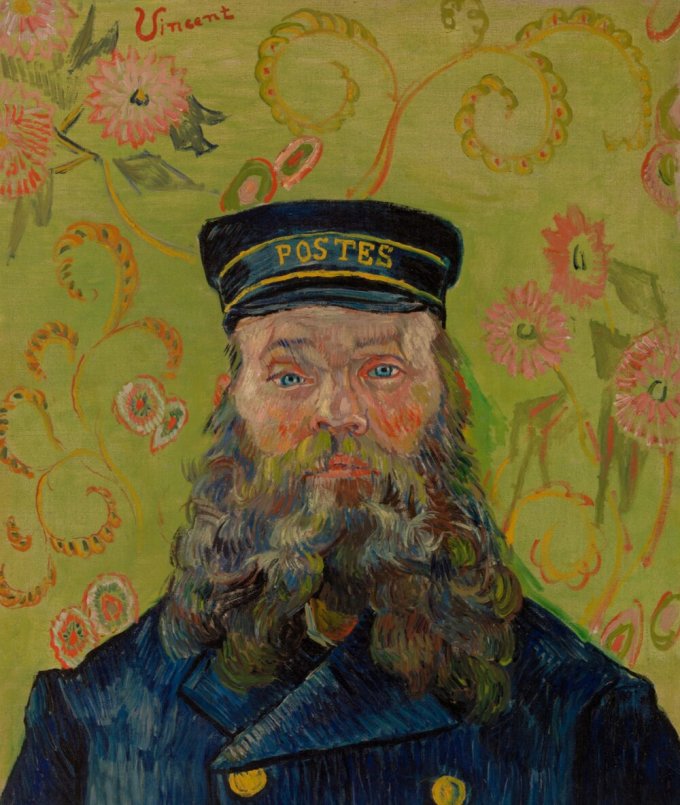
Van Gogh painted a portrait of Joseph-Étienne Roulin in "The Postman" in 1889, based on memories of his friend after the Roulin family left Arles for a nearby town. Photo: RX/Museum
During the period 1889-1890, the Dutch artist had to live in a mental hospital due to a nervous breakdown. Joseph often visited, cared for, encouraged, and helped the artist send letters to Theo and his sister Willemien in the Netherlands. In May 1890, Van Gogh was discharged from the hospital but died two months later. He ended his life at the age of 37 with a gunshot to the stomach while painting.
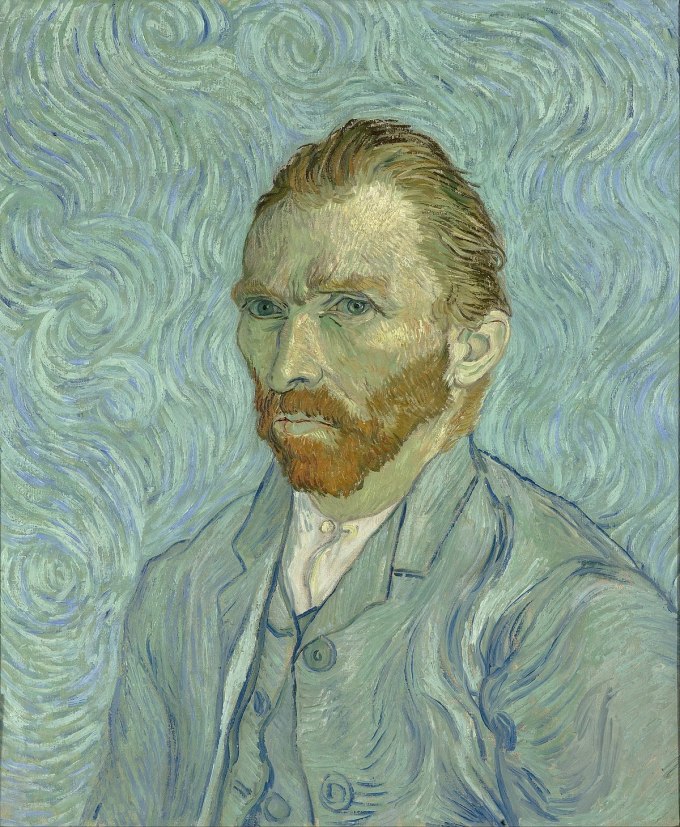
Self-portrait by Vincent Van Gogh, painted in 1889. Photo: artcyclopedia
Phuong Thao (according to Artnet, RX/Museum)
Source link








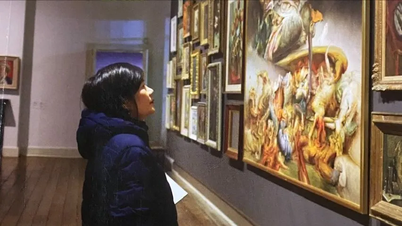

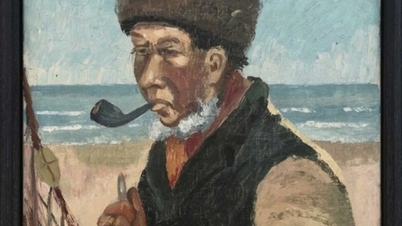



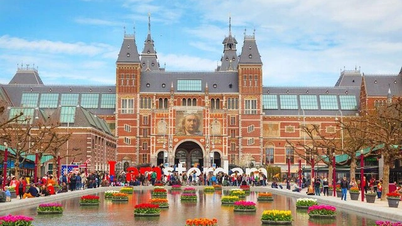

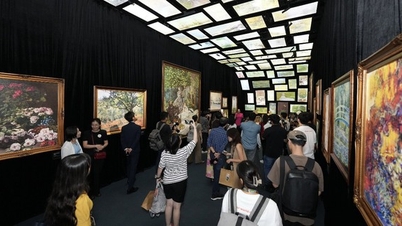
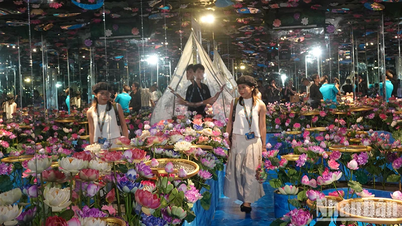




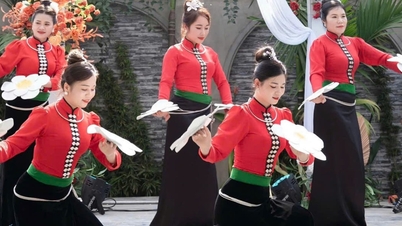
















![[Photo] Urgently help people soon have a place to live and stabilize their lives](/_next/image?url=https%3A%2F%2Fvphoto.vietnam.vn%2Fthumb%2F1200x675%2Fvietnam%2Fresource%2FIMAGE%2F2025%2F12%2F09%2F1765248230297_c-jpg.webp&w=3840&q=75)





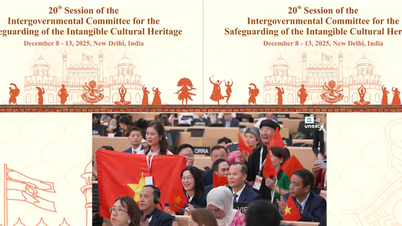

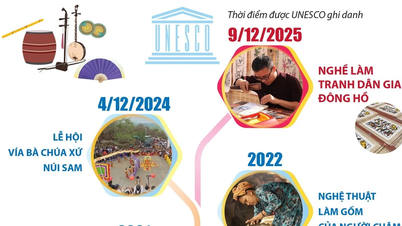
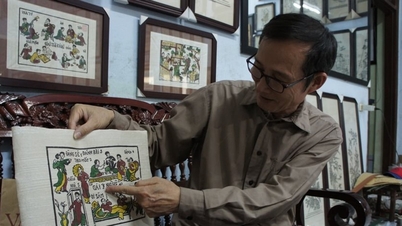




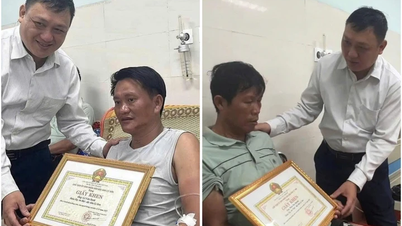



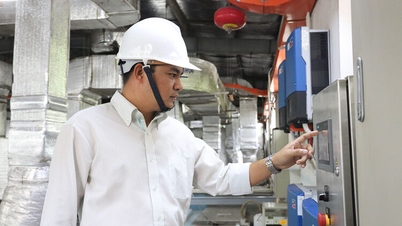







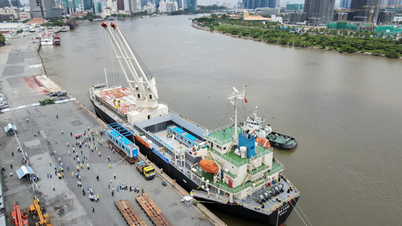
















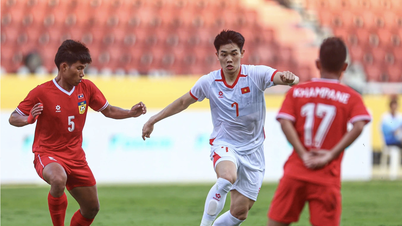

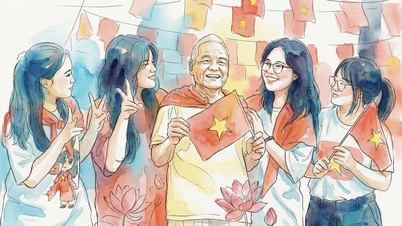







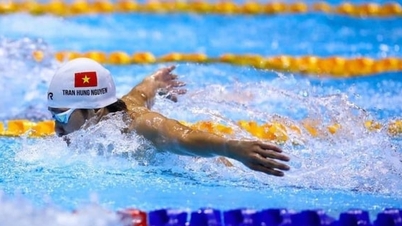

















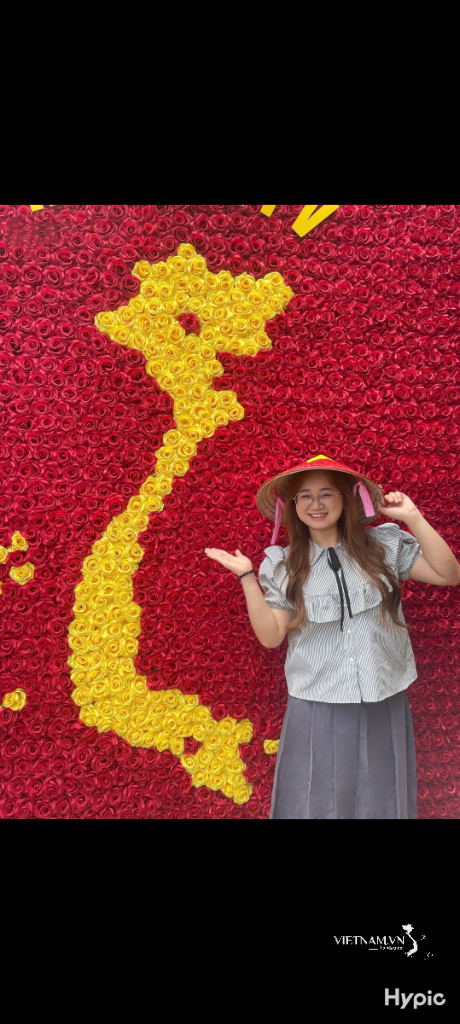


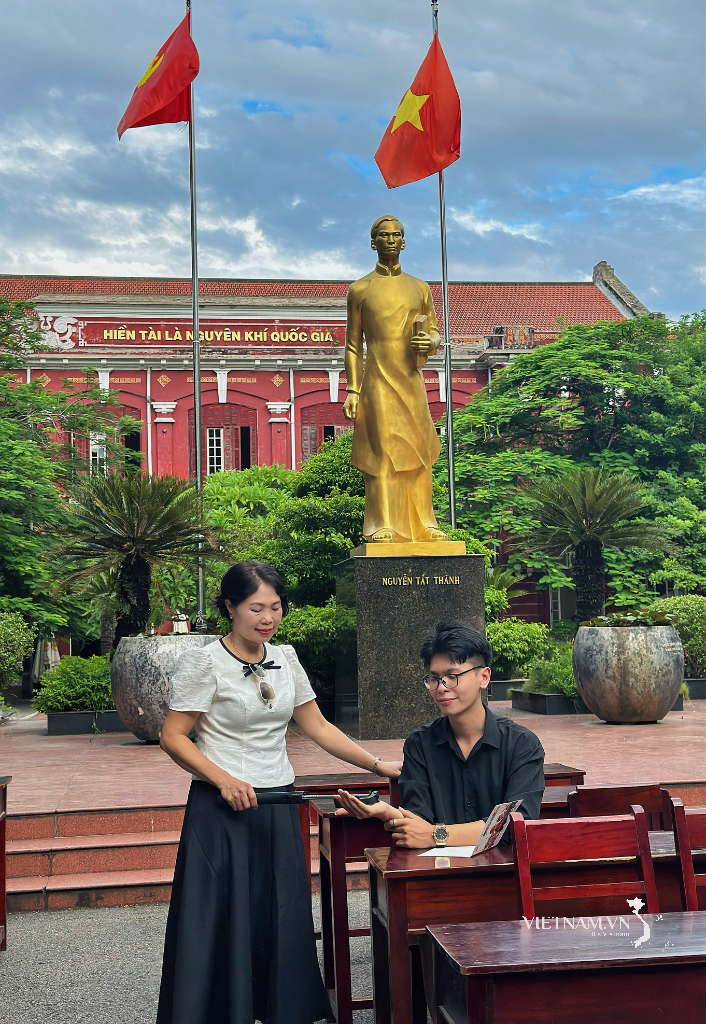




Comment (0)